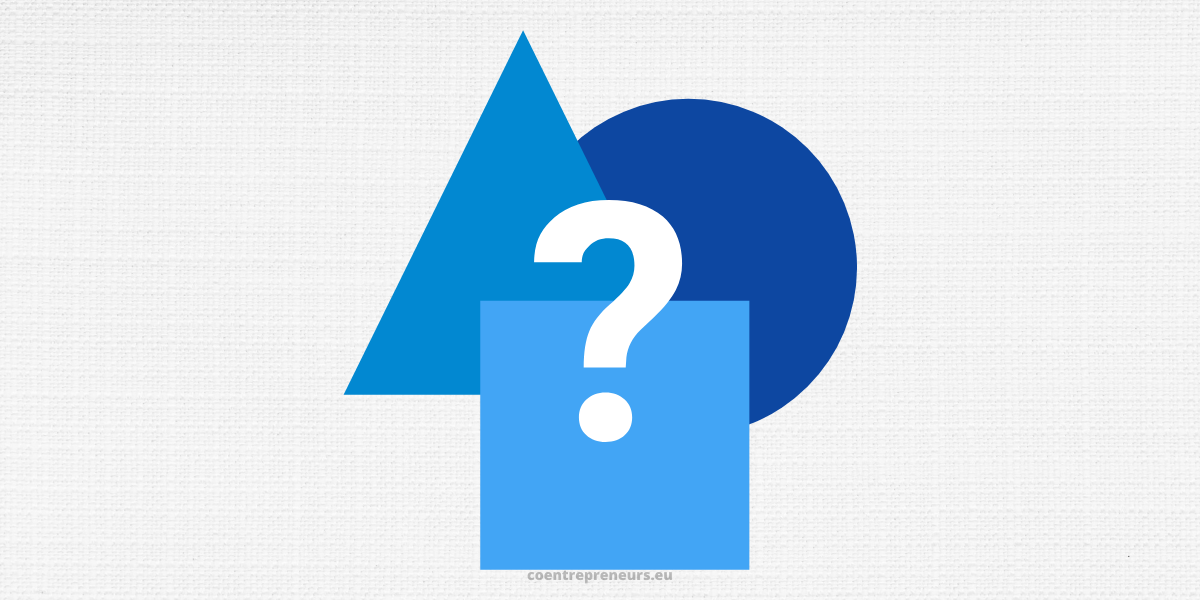
What is Digital Transformation?
According to the Global Center for Digital Transformation, “organizational transformation is the foundation for digital business transformation.” Because changing the structure of an organization means challenging people’s mindsets, changing their work practices and strategies. These are the most challenging problems but they offer the greatest rewards. They allow a business to be more efficient, data-driven, and agile, which allows them to take advantage of more business opportunities.
Define ‘digital’ in digital transformation
All digital transformation projects must be supported by technology, even though the main focus is on improving the business’s efficiency at all levels. But what technology?
This is likely to change over time, but businesses are looking for technologies that can help them make sense of large amounts of data and prepare for emerging trends such as the Internet of Things (IoT), and mobile.
Analytics tools and cloud computing are top of the agenda. This allows you to store data outside of your data centre, potentially closing this gap. Collaboration tools such as file-sharing, mobile devices and apps are also important. These allow your employees to work from anywhere, and give them instant access, which is especially helpful for salespeople who visit customers.
What does digital transformation mean for your business?
Moving towards digital transformation does not mean accepting and jumping on every technological bandwagon. This is like throwing a bunch chopped vegetables into a pot and calling it soup. If you don’t put all the ingredients in the pot, and then turn the stove on, soup will never be made. Each company must spend some time thinking about the implications of digital transformation for them.
First, companies must think about digitalizing client/business processes and transitioning to core business processes. Companies must consider which platforms and applications best fit their culture, daily operations, budget, and needs. Unfortunately, there is no one-size fits all solution for businesses. This is a process that requires individualization and an ability to follow trends.
Digital Disruption and Focusing on the Consumer
Another key term is digital disruption. It describes the impact of digital transformation on society in general. The smartphone created disruption, Uber caused disruption, and the wearable tech continues to cause disruption. Every technological breakthrough makes it possible for consumers to live a better life. Consumers benefit from the disruption in the norm. Businesses that embrace the changes and understand the impact on daily life can adapt their practices to the consumer’s needs.
One way to make sure you are meeting the digital age’s demands is to be consumer-centric. Your ability to meet your customers on their turf and learn about their online interactions will improve your ability to make them happier and increase sales. Every business must now consider digital transformation and the potential for disruptions. It is too late to start small and get your feet muddy. Many businesses are in a sink-or-swim environment.
Digital Transformation: Planning ahead
Digital transformation can be both an end product and an ongoing process. First, you have to move. Then you need to continue evolving or being forced out. Digital transformation is not a quick fix. Talking to your team about your company’s digital future will help you think not only about the immediate future but also the long-term goals. You will need digital solutions to keep your company relevant in the digital age.
Consider the business experience at every step. What can be done to improve efficiency in your own operations? What can you do to improve customer interaction? These are the key elements that will help you drive your digital transformation. Some companies may need to adopt an integrated payment solution that allows customers to log in online and pay their bills. Others may find it as a matter of getting on social media to post relevant content and updating their customers on a regular basis. Digital transformation is about moving to the digital space.
The digital experience will change over the long-term. How can you make the process of changing easier? Transparency, a collective mission towards digital relevance and continuous listening to customer behavior may all be key to shifting your company’s attention away from traditional business practices to a future that is more digital-oriented.
It is crucial to take action now if your company wants to be in the digital transformation race. The competition can make it difficult for late adopters to succeed. We can help you adopt a digital-based business model. To be at the forefront of the digital revolution, work with the best developers.
